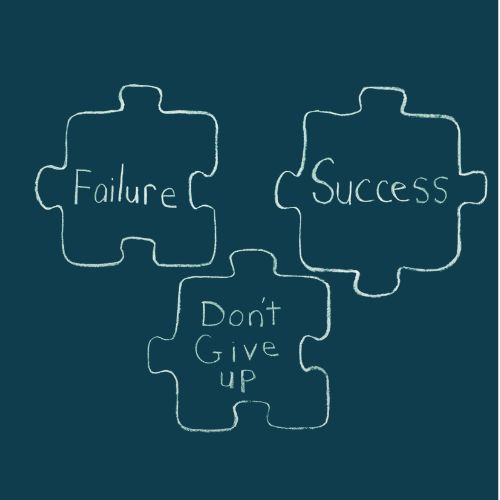
How EdTech is Revolutionizing the Classroom: Trends to Watch
The integration of educational technology (EdTech) into classrooms has transformed teaching and learning experiences, making education more accessible, engaging, and effective. This guide highlights key trends in EdTech that are shaping the future of education and offers practical insights on how educators can leverage these advancements.
1. Personalized Learning Experiences
Overview: One of the most significant benefits of EdTech is the ability to personalize learning for each student, catering to their individual needs, strengths, and interests.
How to Implement:
- Adaptive Learning Software: Utilize programs that adjust the difficulty of assignments based on student performance, allowing learners to progress at their own pace.
- Learning Analytics: Use data collected from students’ interactions with educational tools to identify areas of improvement and tailor instruction accordingly.
- Student Choice: Provide students with options in their learning paths, such as project topics or formats, to foster engagement and ownership of their education.
2. Blended Learning Models
Overview: Blended learning combines traditional face-to-face instruction with online learning components, creating a more flexible and dynamic classroom environment.
How to Implement:
- Flipped Classrooms: Assign video lectures or reading materials for homework, allowing in-class time for discussions, collaborative projects, and hands-on activities.
- Online Resources: Integrate digital tools and resources, such as educational apps and platforms, to supplement classroom instruction and provide additional learning opportunities.
- Flexible Scheduling: Allow students to choose when and where they engage with online content, accommodating different learning styles and preferences.
3. Gamification in Education
Overview: Gamification involves incorporating game elements into educational settings to enhance motivation and engagement among students.
How to Implement:
- Game-Based Learning Platforms: Use platforms that offer educational games aligned with curricular goals, helping students learn through play.
- Reward Systems: Implement point systems, badges, or leaderboards to recognize achievements and encourage healthy competition.
- Interactive Challenges: Create challenges or quests that require collaboration and problem-solving, making learning more enjoyable and dynamic.
4. Collaboration and Communication Tools
Overview: Technology has made it easier for students and teachers to collaborate and communicate, fostering a more connected learning environment.
How to Implement:
- Collaborative Platforms: Utilize tools like Google Workspace, Microsoft Teams, or Slack to facilitate group projects and discussions.
- Virtual Classrooms: Leverage video conferencing software to conduct live lessons, workshops, and guest speaker sessions, breaking geographical barriers.
- Discussion Boards: Create online forums for students to ask questions, share ideas, and support one another outside of class time.
5. Virtual and Augmented Reality
Overview: Virtual Reality (VR) and Augmented Reality (AR) technologies are emerging as powerful tools in education, providing immersive experiences that enhance learning.
How to Implement:
- VR Field Trips: Use VR headsets to take students on virtual field trips to historical sites, museums, or even outer space, providing experiences that would otherwise be inaccessible.
- AR Learning Materials: Incorporate AR applications that allow students to interact with digital content overlaid on the physical world, making complex subjects more tangible.
- Simulations and Scenarios: Use VR simulations to provide hands-on experiences in fields such as science, medicine, or engineering, allowing students to practice skills in a safe environment.
6. Artificial Intelligence in Education
Overview: Artificial Intelligence (AI) is increasingly being used in EdTech to automate administrative tasks, provide personalized learning, and enhance the educational experience.
How to Implement:
- AI-Powered Tutoring: Utilize AI-driven tutoring systems that offer instant feedback and assistance based on individual student needs.
- Automated Administrative Tasks: Implement AI tools to handle grading, scheduling, and communication, allowing teachers to focus more on instruction and student engagement.
- Predictive Analytics: Leverage AI to analyze student data and predict outcomes, helping educators identify at-risk students and intervene early.
7. Emphasis on Digital Literacy
Overview: As technology becomes more integrated into education, digital literacy is becoming a critical skill for students to succeed in the modern world.
How to Implement:
- Digital Citizenship Curriculum: Educate students on responsible online behavior, including privacy, cybersecurity, and digital communication.
- Technology Training: Provide training sessions for both students and teachers to become proficient in using educational tools and resources effectively.
- Critical Thinking: Encourage students to evaluate online sources and distinguish credible information from misinformation, fostering analytical skills.






